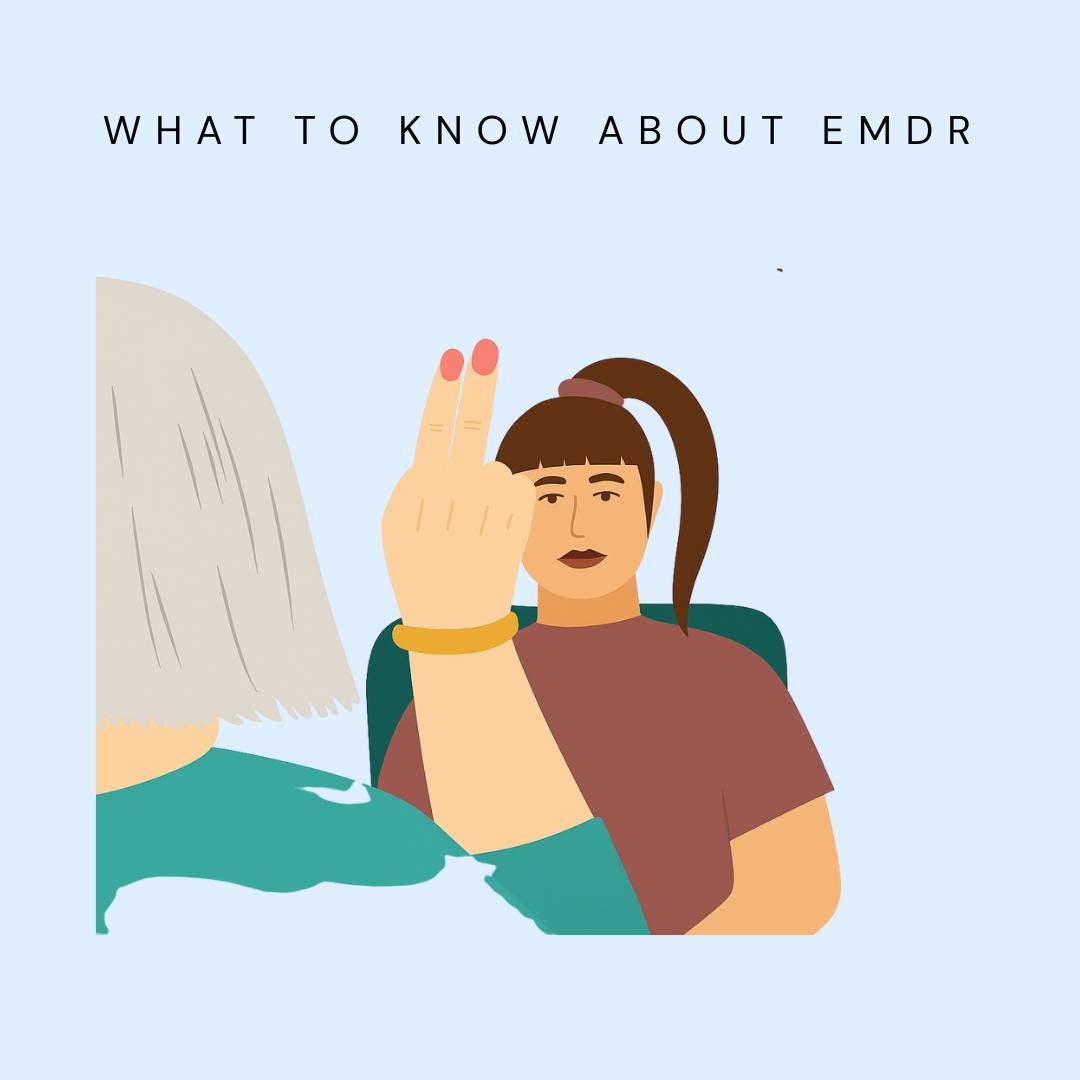Therapists know the emotional depth EMDR sessions can reach - but translating those experiences into structured, HIPAA-compliant clinical notes? That’s a different challenge.
Between tracking patient progress, documenting distress levels, and detailing the EMDR process (including subjective units, body scan, and bilateral stimulation), EMDR documentation can quickly become overwhelming and time consuming.
That’s why having a structured EMDR note template is a game changer for mental health professionals.
In this guide, we’ll walk through:
- What to include in your EMDR therapy notes
- How to document traumatic memories across treatment phases
- A copy-paste EMDR progress note template
- Smart tips to reduce administrative burden
- And how AI tools like Supanote can streamline your note format

What Is an EMDR Note Template?
An EMDR note template is a standardized clinical documentation tool that helps therapists track the eight treatment phases of Eye Movement Desensitization and Reprocessing. It ensures your therapy notes reflect the nuances of EMDR interventions while remaining concise, clear, and insurance-ready.
These templates guide you in recording key details like:
- Target memory and associated negative cognition
- Changes in emotional state and physiological responses
- Client responses during bilateral stimulation
- Positive cognition installation
- Closure techniques and plans for future sessions
For healthcare providers using EMDR therapy, this structured documentation is essential not just for billing but for high-quality patient care.
Why EMDR Documentation Matters
EMDR sessions often stir traumatic memories and can involve intense emotional shifts in a short span of time. Without proper documentation, it’s easy to lose track of:
- What phase you were in
- How the client responded
- Whether treatment progress occurred
- What to revisit in the next session
Solid EMDR documentation helps you:
- Ensure continuity in therapy sessions
- Support CPT code billing (90834/90837)
- Track client engagement and therapeutic outcomes
- Maintain HIPAA-compliant records for audits or supervision
Plus, having a repeatable note template reduces cognitive load and enhances your clinical documentation workflow.
Sample EMDR Note Template
Here’s a clean, editable EMDR note format:
Session Date: [MM/DD/YYYY]
Client Name: [First Name, Last Initial]
Therapist: [Your Name]
Session #: [#] | Time Spent: [45/60 mins]
Treatment Phase: [e.g., Phase 4 – Desensitization]
Target Memory: [Describe traumatic memory]
Negative Cognition: ["I am powerless"]
Positive Cognition: ["I can protect myself"]
VOC (0–7): [Before → After]
SUD (0–10): [Before → After]
Subjective Units: [Include any shifts in SUD ratings]
Desensitization & Reprocessing Notes:
- Bilateral stimulation method used (e.g., eye movements)
- Client reported [describe emotional or physical sensations, e.g., "chest tightness, crying"]
- Emotional intensity reduced by end of sets
Body Scan Results:
- Physical sensations noticed (e.g., tightness, tingling)
- VOC and somatic relief documented
Closure & Grounding:
- Client appeared receptive to closure
- Calming techniques used
Next Session Plan:
- Continued focus on current memory or shift to new target
Additional Notes:
- Observations, disclosures, or relevant therapeutic interventions
You can also download a free EMDR note template from here.
Step-by-Step Guide to EMDR Documentation
Phase 1 – History Taking
- Document trauma history, presenting issues, and treatment planning
- Include resourcing exercises and early client responses
Phase 2 – Preparation
- Note therapeutic interventions for stabilization (e.g., “safe place” imagery)
- Track client’s emotional readiness and physiological responses
Phase 3 – Assessment
- Identify the target memory, negative cognition, and positive cognition
- Record VOC and SUD baseline scores
Phase 4 – Desensitization
- Log eye movements used, number of sets, and client engagement
- Monitor changes in emotional intensity, body sensations, and client’s progress
Phase 5 – Installation
- Strengthen the positive cognition
- Record VOC changes
Phase 6 – Body Scan
- Identify lingering body sensations like chest tightness or nausea
- Document progress in somatic clearing
Phase 7 – Closure
- Ensure client appeared receptive to ending session
- Log calming techniques used
Phase 8 – Re-evaluation
- Reflect on prior sessions and determine future plans
- Capture key details for continued focus or new targets
EMDR Note Examples
Example 1: EMDR Treatment Session Note
Session #5 – Phase 4
Target: Childhood car crash
Negative Cognition: “I’m not safe”
SUD: 8 → 3
VOC: 2 → 5
Bilateral stimulation (eye movements) resulted in client reporting heaviness in chest, which subsided after 4 sets. Body scan showed residual shoulder tension. Used safe-place imagery to close.
Plan: Continue desensitization in next session.
Example 2: EMDR Client Progress Note
Client has progressed through Phases 3–5 across last 3 sessions.
SUD ratings decreased from 9 → 4
VOC improved from 3 → 6
Somatic responses reduced significantly with fewer reported flashbacks.
Client appears better regulated and engaged.
Common Mistakes in EMDR Notes
- Skipping positive cognition or VOC updates
- Ignoring somatic markers like physical sensations
- Failing to distinguish treatment phases
- Over-describing standard interventions (e.g., writing paragraphs on grounding)
- Forgetting to include re-evaluation notes in future sessions
How Supanote Helps With EMDR Notes
Writing EMDR notes manually is often time consuming. Supanote automates your clinical documentation workflow by:
- Generating HIPAA-compliant therapy notes post-session
- Recognizing EMDR intervention structure (SUD, VOC, body scan)
- Customizing note formats by CPT code and treatment phase
- Helping you stay focused on patient care, not paperwork
Many therapists say it’s their documentation game changer.
Ready to try? 10 notes on us!
Login to your Supanote account and instantly access 10 free notes.
Get it Now!
Frequently Asked Questions
Q. Should I document the time spent in each EMDR phase?
A. It’s optional but helpful. A quick timestamp or reference (e.g., “20 minutes on Desensitization”) adds clarity and protects against overbilling accusations.
Q. How do I make my EMDR notes audit-ready?
A. Use clear metrics (SUD/VOC), document treatment progress, and close each session safely. Always include session start/end times and phase-specific work to support medical necessity.
Q. Can I use abbreviations like SUD and VOC in my EMDR notes?
A. Yes, as long as they’re defined in your system or intake documentation. They’re standard in EMDR clinical notes.
Q. What if my client doesn’t complete the body scan phase?
A. Document that the body scan was initiated but not completed, and note any physical sensations observed. Indicate whether it will be revisited in the next session.
Q. Do insurance providers require SUD/VOC scores in every session?
A. Not always, but including subjective units and positive cognition ratings shows measurable progress and strengthens billing claims.
Q. How do I document post-session symptoms or reactions?
A. Note any emotional or physical responses (e.g., chest tightness, fatigue), and whether they required grounding or psychoeducation.
Q. Can I copy-paste similar EMDR notes across sessions if the work is repetitive?
A. No. Each session should reflect unique content, emotional state, client responses, and progress.
Q. What’s the best way to track treatment progress across EMDR sessions?
A. Use a consistent note template that includes SUD/VOC ratings, body scan summaries, and re-evaluation insights. This helps track patient progress accurately.
Q. Are Supanote-generated EMDR notes HIPAA-compliant?
A. Yes. Supanote uses secure, encrypted systems to generate and store therapy notes in compliance with HIPAA and healthcare documentation standards.
Get Back to Clients, Not Paperwork
Supanote helps you write EMDR notes that are structured and HIPAA compliant
Try Supanote for Free Today
